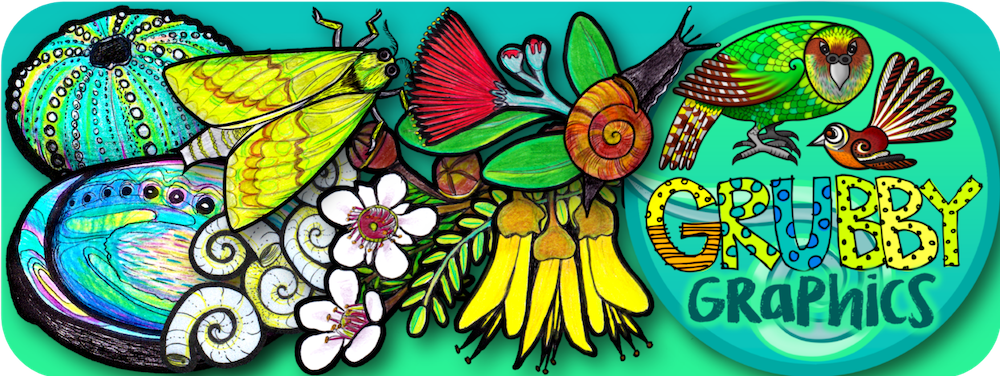Click here to download these free worksheets
Happy Solstice! (FREE summer & winter wall display posters)
Click here to download your free Summer & Winter Solstice posters here. Here in NZ, we often think that winter has arrived the moment we hit the month of June, even though technically it doesn’t arrive until the WINTER SOLSTICE (which is normally around the 21st of June every year). Of course this also means that our friends in the northern hemisphere are heading into their SUMMER SOLSTICE at the
NZ flag Referendum 2015-16 {Free colour by number flag sheets}
Well, everyone’s got an opinion on the 2015-16 Flag Referendum!! If you’ve been having conversations with your class about the ongoing process that is the flag referendum (the infamous 26 million dollar referendum…!) then you might be interested in my FREE colour by number flag worksheets, which include: The flag of the United Tribes of New Zealand (1834-1840) The Union Jack (1840-1902) The Tino Rangatiratanga flag (Official Māori flag) The
NZ BUGS! (FREE printables for Spiders, Worms, Praying Mantids & Butterflies)
I recently had the pleasure of being invited in to visit some year 4 classrooms to talk bugs! Each class had taken on an investigation of different creepy crawlies as part of their inquiry work. I whipped up some tiny ‘one cut books’ to match their bugs of interest – perfect to use as an independent early finishers activity as there’s room to add illustrations or diagrams. If you’d like a slightly
FREE Mihi/Pepeha template {1-cut-book}
This little one cut ‘Mihi/Pepeha’ booklet and matching colouring sheet is a great scaffold to support your students with learning their mihi! The small size is perfect for holding discretely in your palm for quick reference during assembly or in class, and the pictures provide extra guidance for your little ones. Simply print, fill in and colour, then follow the picture instructions to cut, fold and assemble your little booklet.
- « Previous Page
- 1
- …
- 13
- 14
- 15
- 16
- 17
- …
- 19
- Next Page »





